{
"original": "Lund, Karl Gustaf, överingenjör, Varberg, f. 22/7/93 i Hille, Gävleb. 1., av brukstj :m. Ferdinand L. o. Maria Andersson. G. 36 m. Sigrid Johansson. Barn: Ingvar f. 38, Lennart 42. — Ex. v. bergssk. i Filipstad 17, spec:-stud. v. KTH (B) 20-22, stud. v. me-tallogr. inst. o. Sthlms högsk. 21-22. Kemist v. Strömsnäs Järnverks A-B, Degerfors, 18-20, metallurg o. kemist v. Westinghouse Electric & Manuf. Co., East Pittsburgh, Pa, USA, 23-26 o. 28-29, chefsmetallurg v. Laclede Steel^Co., Ahon, 111., USA, 27, hytt-o. stålv.ing. v. A-B Iggesunds Bruk 29-31, platschef v. Gunnebo Bruks Nya A-B, Varbergsverket, sed. 31. Led. av drätselkamm., v. ordf. v. ekonomi-avd., suppl. i styr. f. elverket, huv:-man i Varbergs Sparbank, arb :giv. repr. i länsarb:ndns kretsråd, led. av styr. f. Varbergs luftsk ifören., sekr. i Varbergs högerfören., ordfs i järnv. sjukkassa o. Plant :sällsk. Småfågl. Vänner. Res. t. Tyskl. 21, 2^ 23, 30 o. 36, Danm., Tjeckoslov. 21, 22, 23, Österr. 21, USA 23-29. Skr.: Some fundamental factors for obtaining sharp thermal curves (Träns. Am. Soc. for Steel Treating, tills. m. C. Benedicks o. W. H. Dearden 25), Nutida fabrikation av sågblad, sågklingor o. maskinknivar (Trävaruind. 31). Hob-bies: jakt o. fiske.",
"translated": "Lund, Karl Gustaf, chief engineer, Varberg, born on July 22, 1893, in Hille, Gävle County, Sweden, son of factory worker Ferdinand L. and Maria Andersson. Married in 1936 to Sigrid Johansson. Children: Ingvar (born 1938), Lennart (born 1942). — Graduated from Bergsskolan in Filipstad in 1917, specialized studies at the Royal Institute of Technology (KTH) from 1920 to 1922, studied at the Institute of Metallurgy and Stockholm University in 1921-1922. Chemist at Strömsnäs Järnverks A-B in Degerfors from 1918 to 1920.",
"structured": {
"@context": "https://schema.org",
"@type": "Person",
"name": "Karl Gustaf Lund",
"birthDate": "1893-07-22",
"birthPlace": {
"name": "Hille, Gävle County, Sweden",
"latitude": 59.916667,
"longitude": 15.0
},
"jobTitle": "Chief Engineer",
"memberOf": {
"@type": "Organization",
"name": "Swedish Technical Association"
},
"children": [
{
"@type": "Person",
"name": "Anita",
"birthDate": "1937"
},
{
"@type": "Person",
"name": "Peter",
"birthDate": "1942"
}
],
"spouse": {
"@type": "Person",
"name": "Marianne Hammarberg",
"marriageDate": "1936"
},
"education": [
{
"@type": "EducationalOccupationalCredential",
"credentialCategory": "Vocational",
"issuer": {
"@type": "Organization",
"name": "Technical Gymnasium in Örebro"
},
"endDate": "1928"
},
{
"@type": "EducationalOccupationalCredential",
"credentialCategory": "Degree",
"issuer": {
"@type": "Organization",
"name": "KTH"
},
"endDate": "1934"
}
],
"worksFor": {
"@type": "Organization",
"name": "Telegraph station in Norrköping",
"startDate": "1946"
},
"hasOccupation": [
{
"@type": "Occupation",
"name": "Engineering assistant",
"employer": {
"@type": "Organization",
"name": "Telegraph station in Nässjö"
},
"startDate": "1935",
"endDate": "1935"
},
{
"@type": "Occupation",
"name": "Line engineer",
"employer": {
"@type": "Organization",
"name": "Telegraph station in Norrköping"
},
"startDate": "1946"
}
]
}
}Conductors of Progress: Upper Tail Human Capital in Electrifying Sweden
Presentation at CAS - Senter for grunnforskning
2024-04-23
Motivation
Electrification is a cannonical example of a General Purpose Technology (GPT)
When this new technology was adopted in Sweden:
- It made individuals richer 💰🔋
- It lowered inequality 📉🤝
- It allowed structural change on the labor market 🔧💼
- Middle-skill workers were drawn from the local area to the new jobs 🏙🏃♀️
What we want to know next:
- Who were the innovators or adopters? 🤔🚀
- Did they move to opportunity? 🏃♀️💼
- How much training did they have in the new technology? 🎓⚡️
- Were did they get this training? 🏫🔌
Who were the early electrifiers in Sweden?
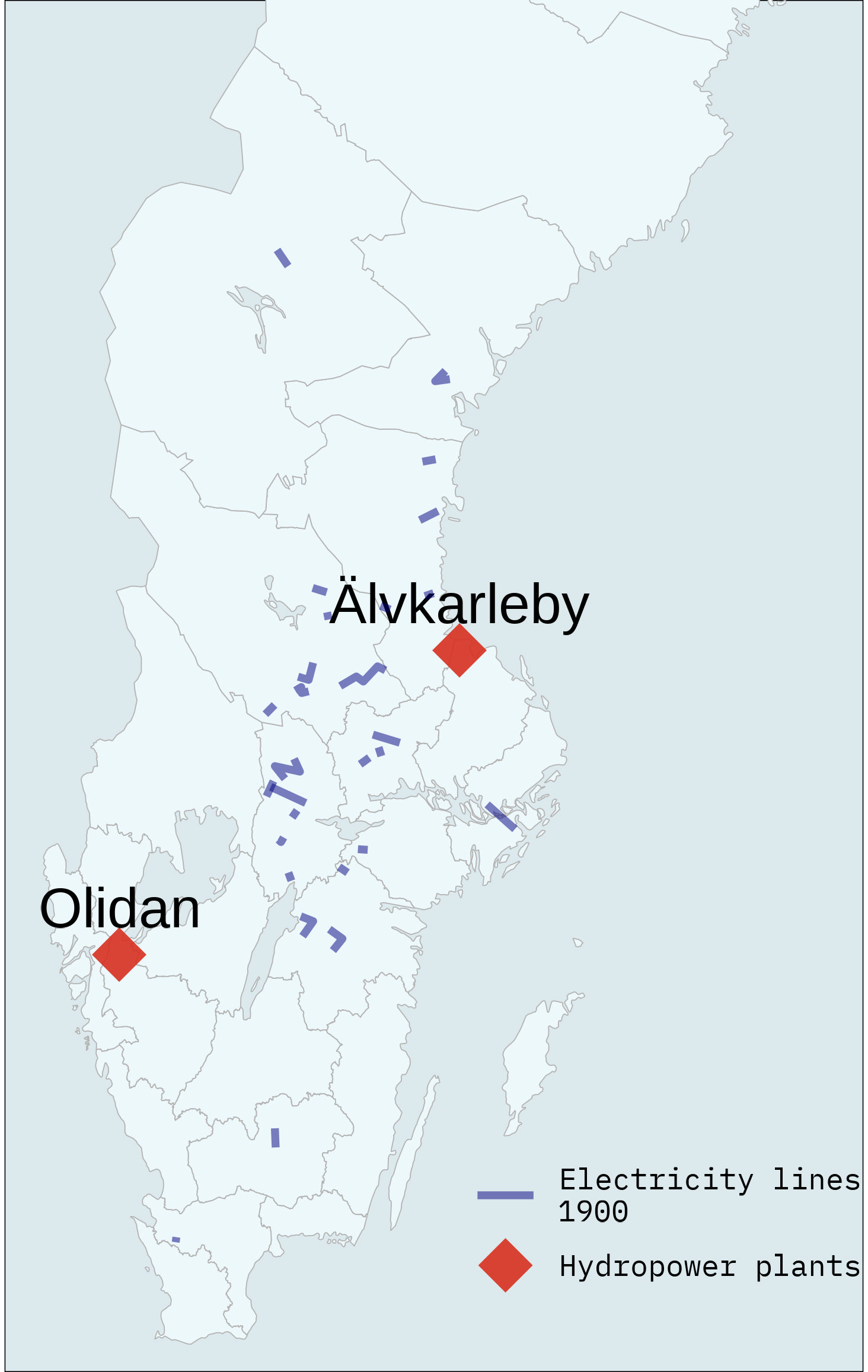
Who were the early electrifiers in Sweden?

Who were the early electrifiers in Sweden?

Who were the early electrifiers in Sweden?
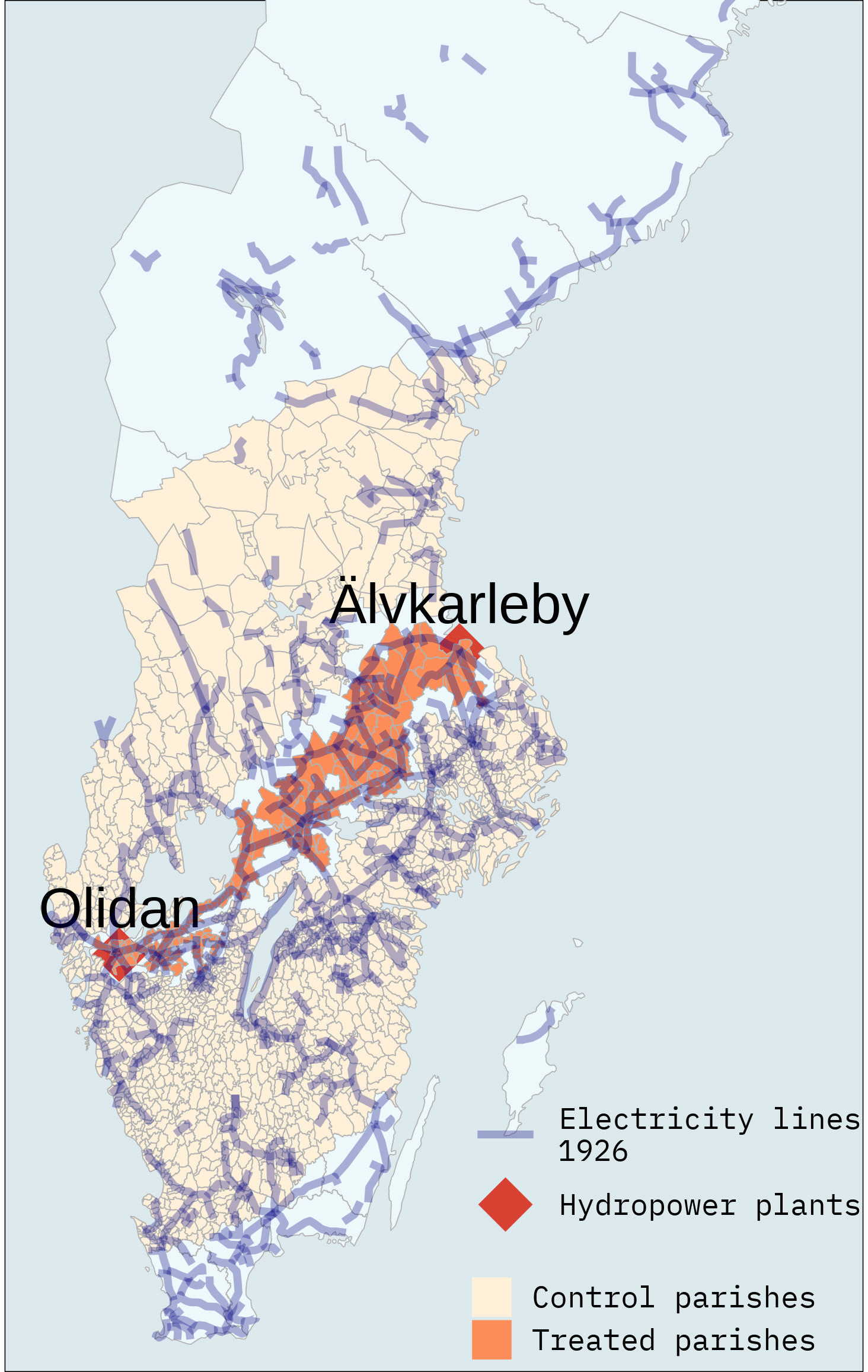
What were the new jobs due to electrification?

Research question
Who were the highly educated individuals that were at the forefront of the electrification of Sweden and how did they move to opportunity?
What I want you to take away from today as researchers
NLP tasks that used to be very challenging / time consuming are no longer!
Classifying occupations is now easier than ever*

Related literature
3 main strands:
Recent papers making use of individual level biographic data
Who were the innovators or adopters?
Who is who?
Vem är Vem? is a Swedish biographical encyclopedia that was published in two editions of five volumes each in 1945–1950 and 1962–1968 by Bokförlaget Vem är Vem.
The intention was, according to the publishers, to draw attention to people who were at the height of their activities, even if they were younger, in influential or otherwise noted positions in different areas.
Biographies and career trajectories of ~ 75,000 individuals!
8 of the 10 volumes are digitized by librarians in Uppsala – thank you <3

Vem är Vem? Volumes
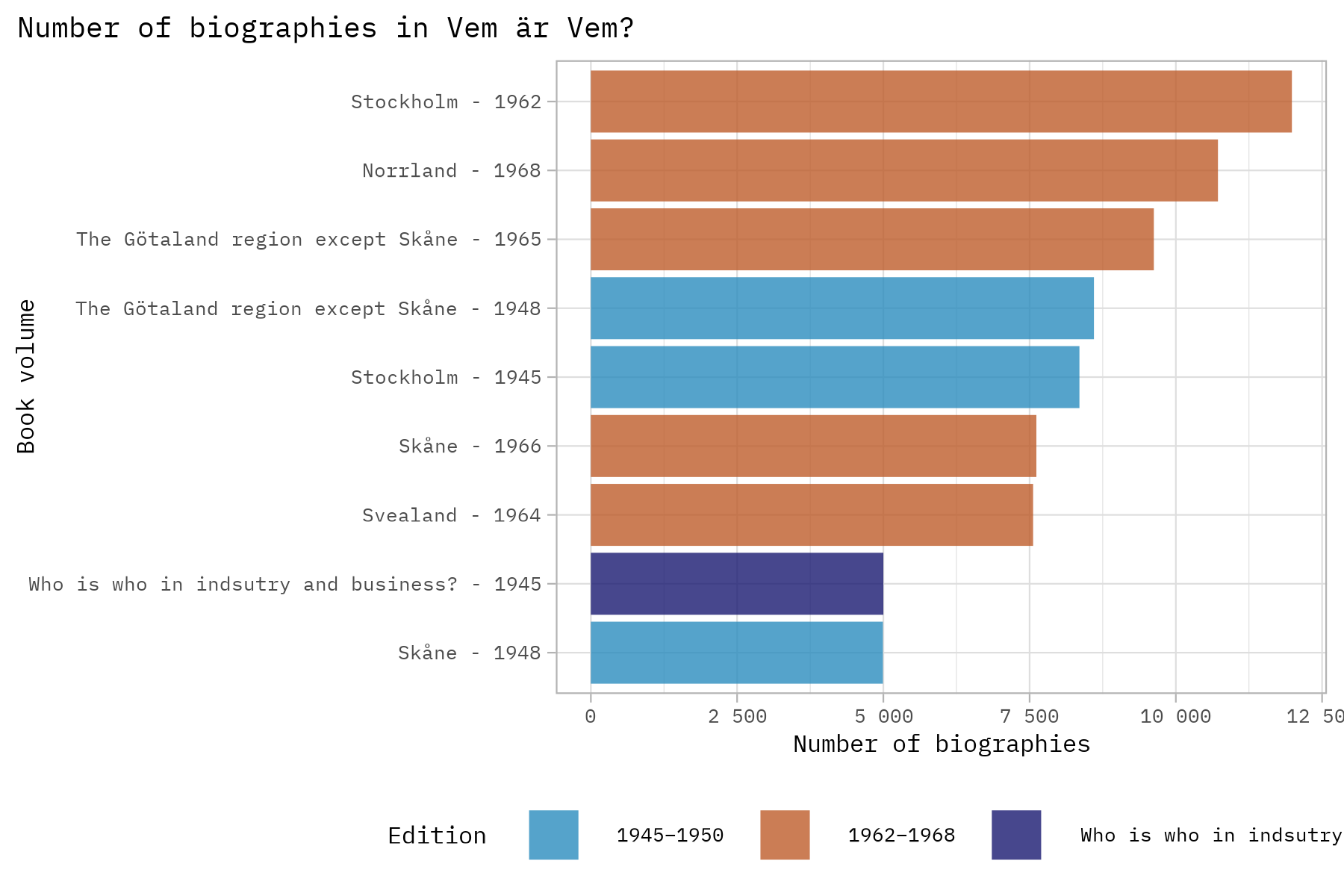
Vem är Vem? Example page
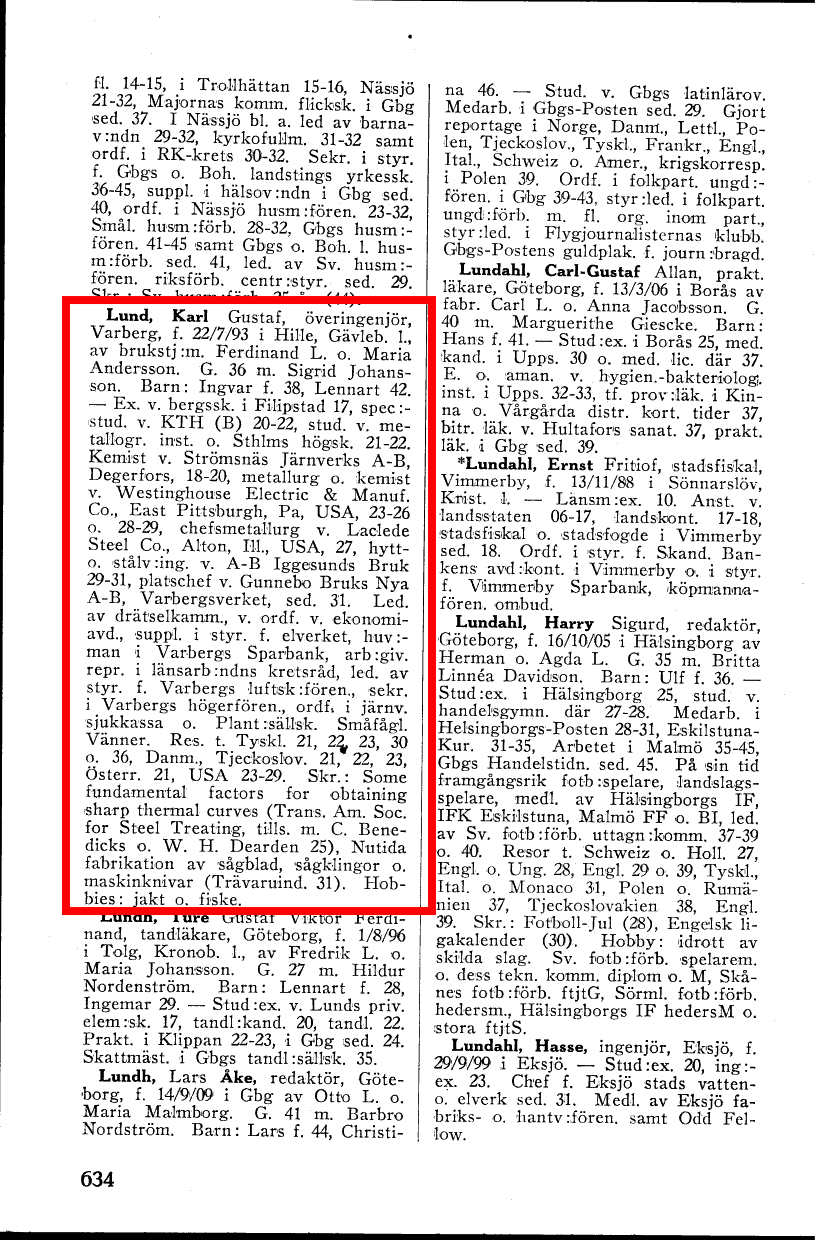
Vem är Karl Lund?
Lund, Karl Gustaf, chief engineer, born on July 22, 1893, in Hille, Gävle County, Sweden, son of clerk Ferdinand L. and Maria Andersson. Married in 1936 to Sigrid Johansson. Children: Ingvar (born 1938), Lennart (born 1942). — Graduated from Bergsskolan in Filipstad in 1917, specialized studies at the Royal Institute of Technology (KTH) from 1920 to 1922, studied at the Institute of Metallurgy and Stockholm University in 1921-1922. Chemist at Strömsnäs Järnverks A-B in Degerfors from 1918 to 1920, metallurgist and chemist at Westinghouse Electric & Manufacturing Co. in East Pittsburgh, PA, USA, from 1923 to 1926 and 1928 to 1929, chief metallurgist at Laclede Steel Co. in Alton, Illinois, USA, in 1927, furnace and steelworks engineer at A-B Iggesunds Bruk from 1929 to 1931, site manager at Gunnebo Bruks Nya A-B, Varbergsverket, since 1931. Member of the municipal executive committee, deputy chairman of the economic department, deputy member of the board of the power plant, chairman of Varbergs Sparbank, employer representative in the district council of the county labor board, member of the board of Varbergs Luftskyddsförening (Varberg Air Protection Association), secretary of Varbergs Högerförening (Varberg Conservative Association), chairman of the railway sick fund, and Plant Society for Small Bird Friends.
Vem är Karl Lund?
Traveled to Germany in 1921, 1923, 1930, and 1936, Denmark, Czechoslovakia in 1921, 1922, and 1923, Austria in 1921, and the USA from 1923 to 1929. Writings: “Some fundamental factors for obtaining sharp thermal curves” (Transactions of the American Society for Steel Treating, co-authored with C. Benedicks and W. H. Dearden, 1925), “Contemporary production of saw blades, circular saws, and machine knives” (Timber Industry, 1931). Hobbies: hunting and fishing.
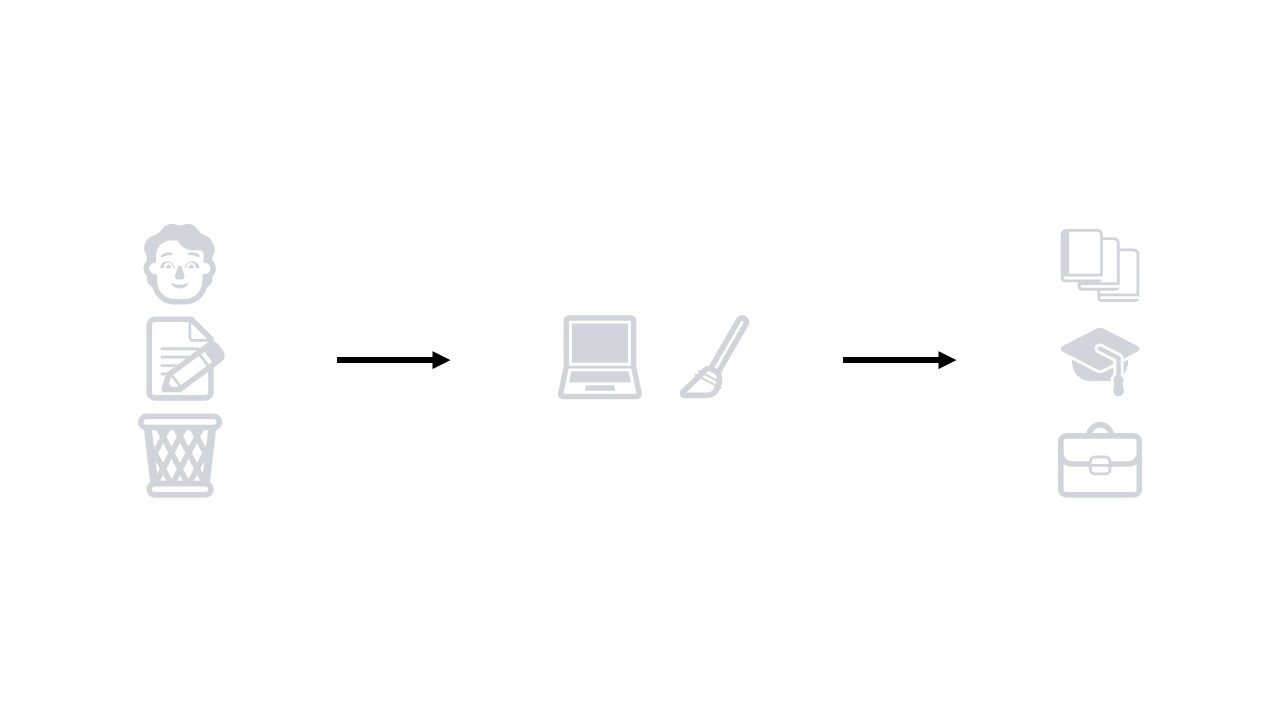
How can we structure the data?
NLP challenges
- Many abbreviations and contractions
- DOB: “f.\s*(\d{2})\/(\d{2})/(\d{2})”
- Gävleborg County: “Gävleb. l.”
- Similar structure for each entry but not exactly the same information in the same order
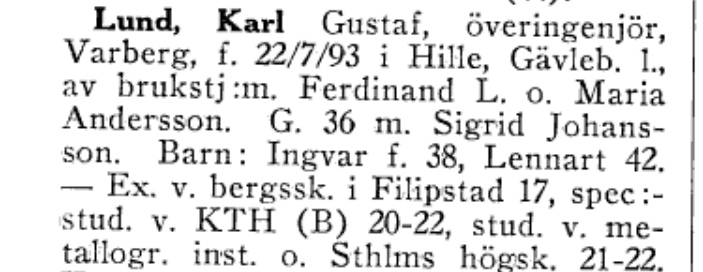
Data pipeline
| Step | Process | |
|---|---|---|
| 1 | Scrape book data from website | 🌐➡️📚 |
| 2 | Split records on each page of a book | 📚➡️📄 |
| 3 | Structure biographies using schema | 📄🔄📄 |
| 4 | Classify record into group | 🔗🔍🌍🎓📚 |
| 5 | Store data for analysis | 🔗📚📂 |
20,000 biographies in 9 volumes of Vem är Vem? and 2,400 firms in Svensk Industrikalender in a machine readable format for ~ 80 USD.
Output
How can we classify occupations according to a schema?
graph LR
A[Queried Job Title: Civilingenjör, teknisk fysik Code: 2142] --> B[Text Embeddings]
B --> C[Classifier Algorithm]
C --> D[Similarity Ranking]
D --> E1[1. 2142 - Civilingenjörsyrken inom bygg och anläggning]
D --> E2[2. 8212 - Montörer, elektrisk och elektronisk utrustning]
D --> E3[3. 7215 - Stålkonstruktionsmontörer och grovplåtslagare]
D --> E4[4. 7319 - Musikinstrumentmakare och övriga konsthantverkare]
D --> E5[5. 1212 - Ekonomi- och finanschefer nivå 2]
style E1 fill:#ffff
style A fill:#ffff
Two-part classification process for engineers
Makes use of occupational title, e.g. “Civilingenjör, teknisk fysik” and workplace information, e.g. “Strömsnäs Järnverks A-B” to classify individuals into groups.
Result: HISCO code and an industry
Assign HISCOs: codes projected from 1536 dimensions to 2 with UMAP
Results: What are the most common occupations?
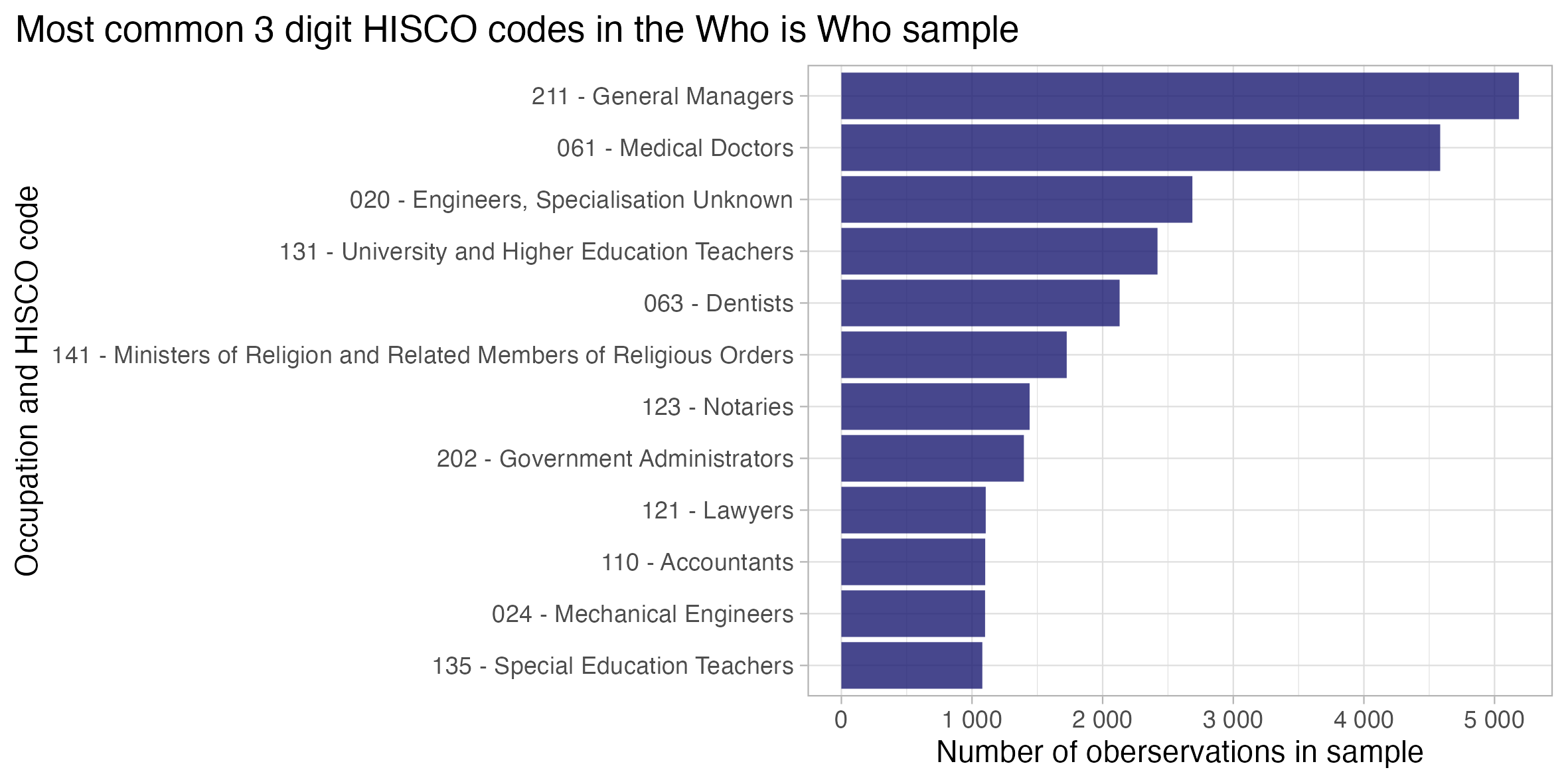
Where were the individuals from?
Where do they come from? Norway edition
Are engineers immigrants, or from very rural areas more than others?
Just
3.6% of engineers were born outside of Sweden, not significantly different from other occupations.Of Swedish born, priests come from places with low population density.
No statistical differences in population density between the birthplaces of doctors, general managers, dentists, and engineers.
Engineers are born in parishes with early access to electricity
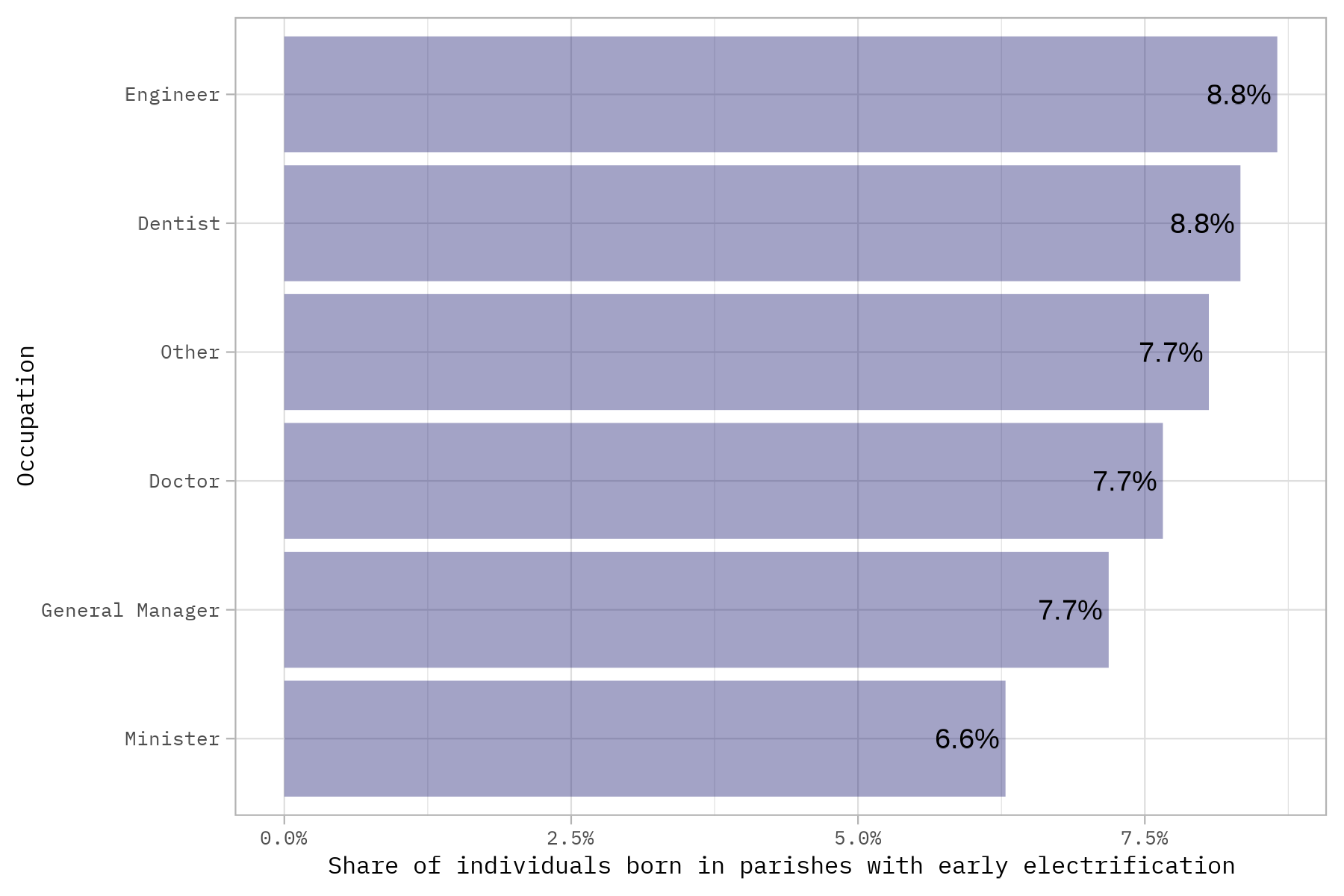
Where did engineers study?
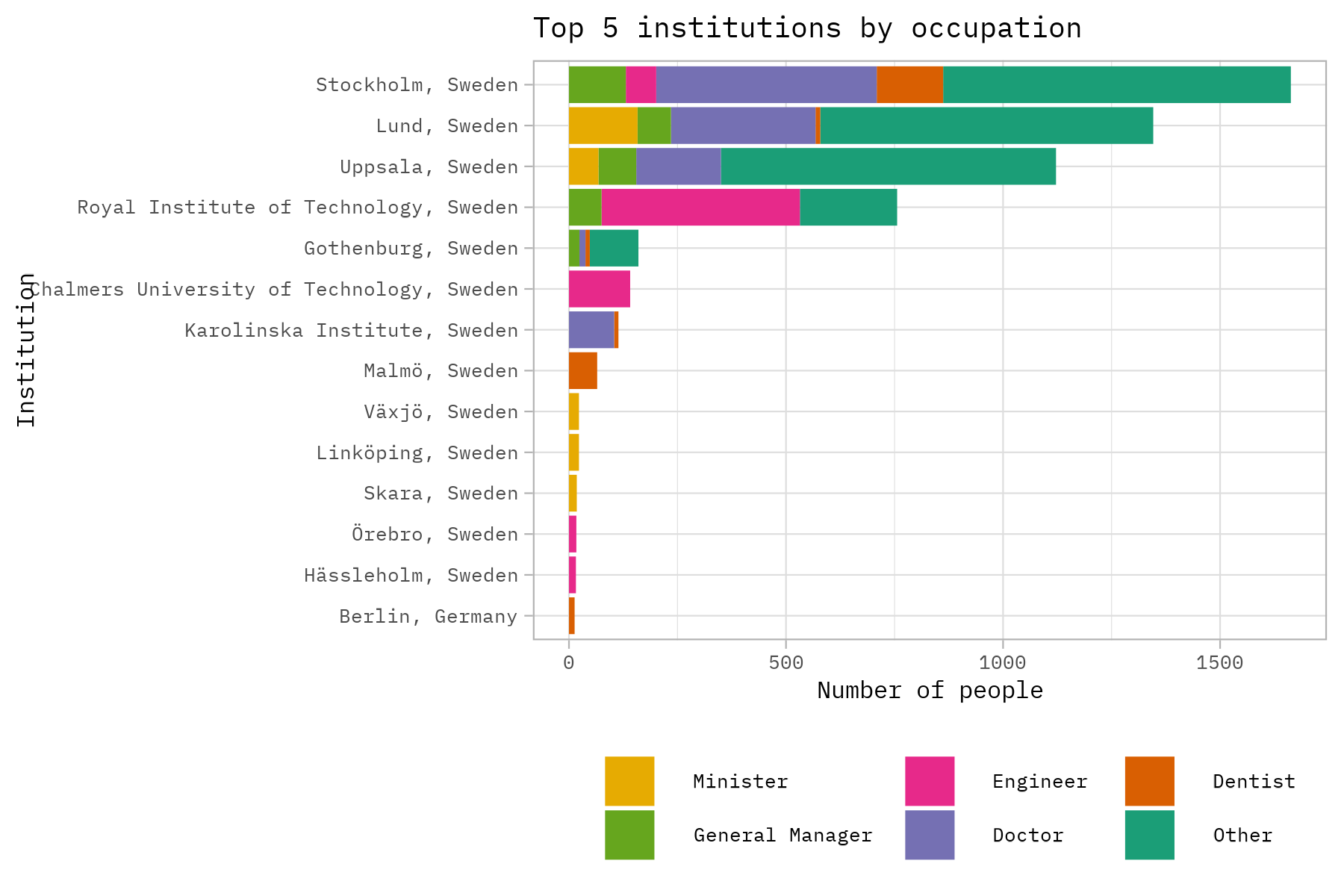
Did engineers get advanced degrees?
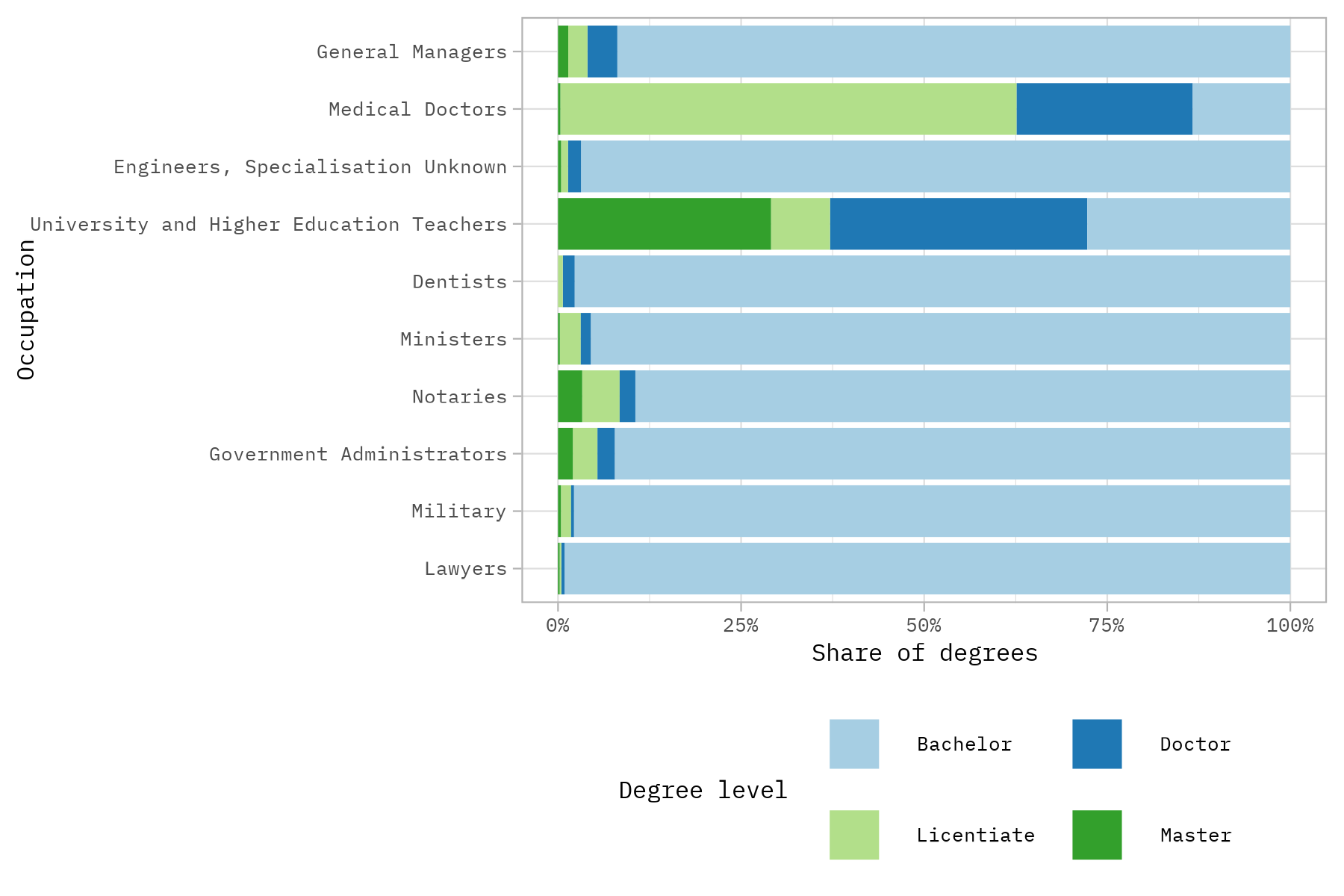
Engineers in electrical appliances and machinery move the furthest from birthplace to study
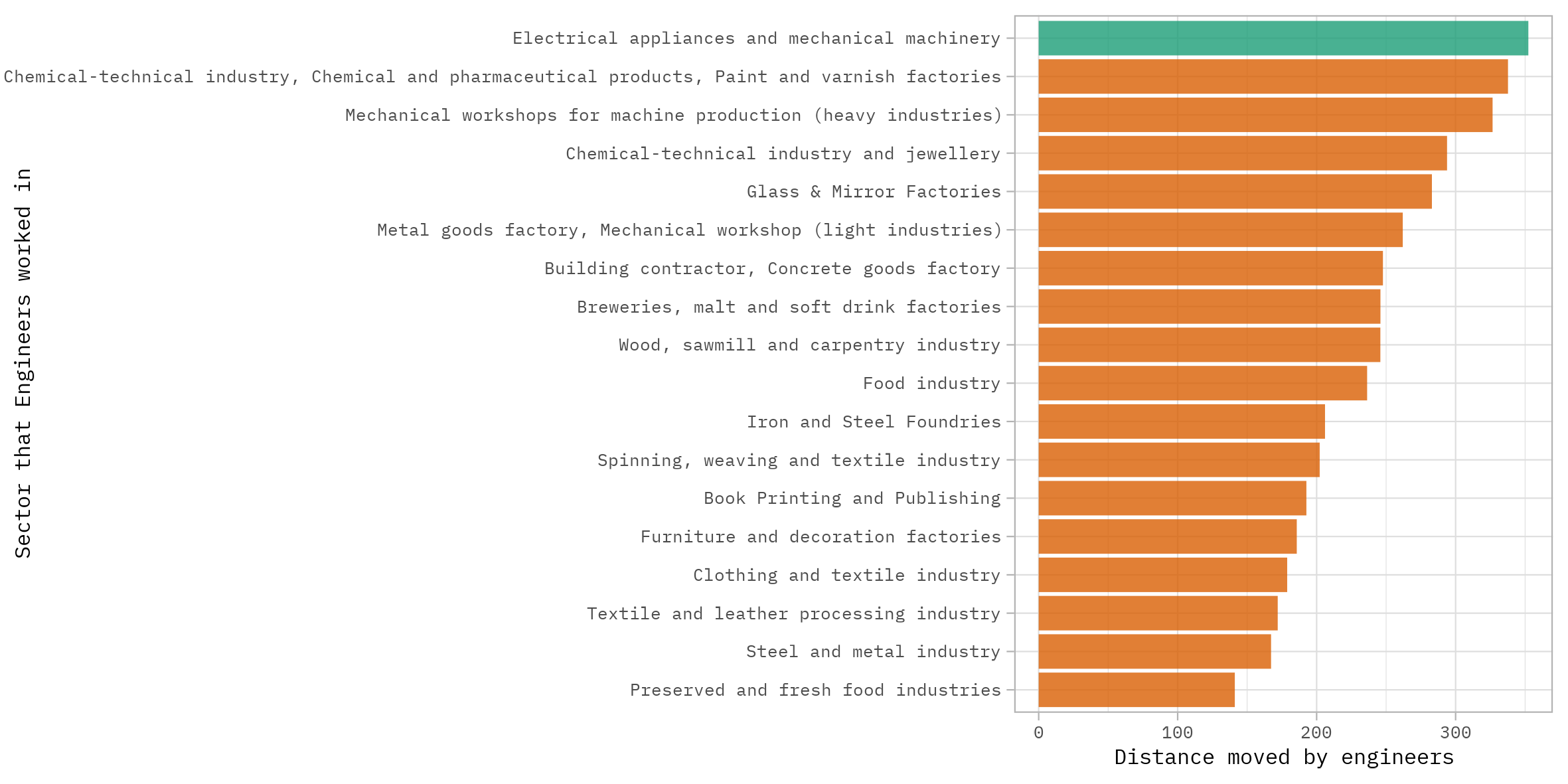
Engineers in electrical appliances and machinery live further from their birthplace than other occupations
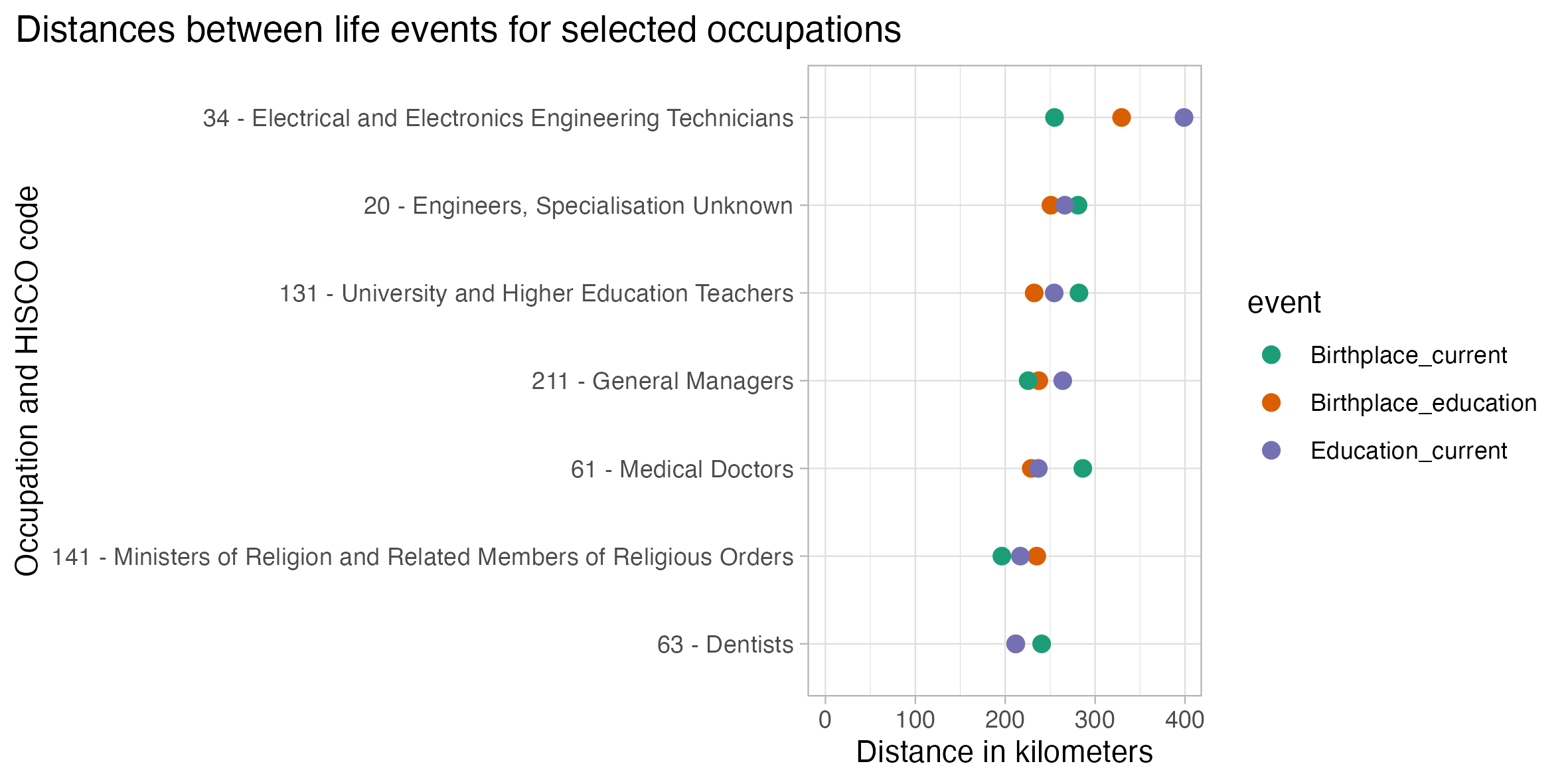
Engineers live further from their birthplace than other occupations
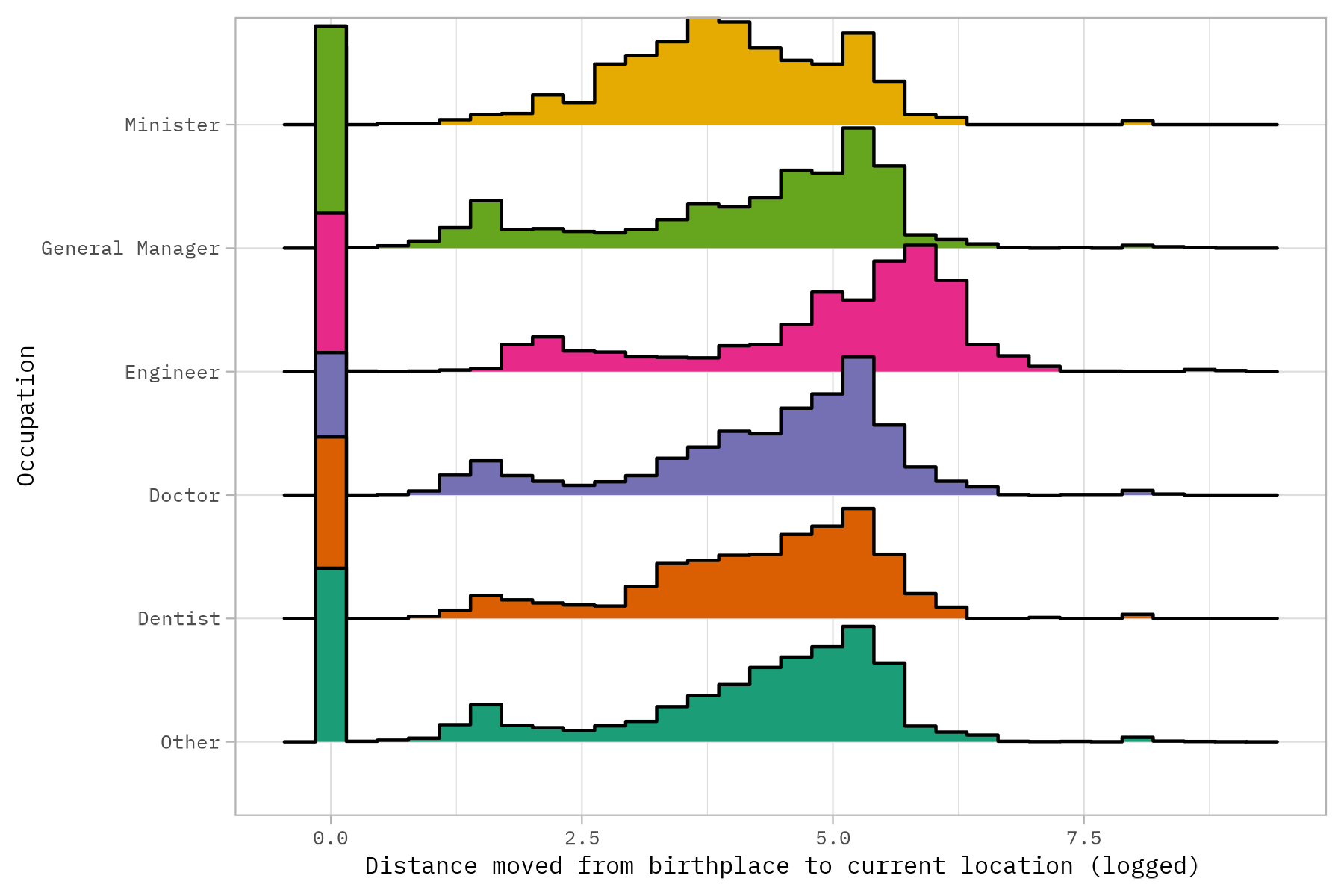
Conclusion
Bifurcated labour market in Sweden; middle-skill workers stay put, high-skill workers move to opportunity both for education and work.
What to do next
- Intergenerational mobility: did engineers’ parents have similar jobs to doctors, dentists, businessmen?
References
Appendix
How to get a text embedding?
# Define a function to get the text embedding
def get_embedding(text, model="text-embedding-ada-002"):
text = text.replace("\n", " ")
return openai.Embedding.create(input=[text], model=model)['data'][0]['embedding']
# Apply the get_embedding function to your 'hisco_text' column
df['ada_embedding'] = df['hisco_text'].apply(lambda x: get_embedding(x, model='text-embedding-ada-002'))Assign HISCOs: example
026 Metallurgists (HISCO description)
Workers in this unit group advise on metallurgical problems and develop and control processes for the extraction of metals from their ores, study the properties and engineering characteristics of metals and develop new alloys, and develop and supervise metal manufacturing processes for making finished metal products.
Karl Lund in 1923 (Input)
Metallurgist and Chemist at Westinghouse Electric & Manufacturing Co.
Assign HISCOs: codes projected from 1536 dimensions to 2 with UMAP
Assign HISCOs: Watchmaker Apprentice
| Closest HISCO codes to Watchmaker Apprentice | ||
| Rank | HISCO CODE | Occupational Description |
|---|---|---|
| 1 | 842 | Watch, Clock and Precision Instrument Makers |
| 2 | 830 | Blacksmiths, Toolmakers and Machine-Tool Operators |
| 3 | 810 | Woodworkers |
| 4 | 811 | Cabinetmakers |
| 5 | 839 | Blacksmiths, Toolmakers and Machine-Tool Operators |
Assign HISCOs: Shipyard Assistant Engineer
| Closest HISCO Codes to ‘Shipyard Assistant Engineer’ | ||
| Rank | HISCO CODE | Occupational Description |
|---|---|---|
| 1 | 43 | Ships' Engineers |
| 2 | 24 | Mechanical Engineer |
| 3 | 982 | Ships' Engine-Room Workers |
| 4 | 42 | Ships' Deck Officers and Pilots |
| 5 | 959 | Construction Workers |
Keep titles in Swedish?
Instead of using the HISCO schema in English, I am using the SSYK classification from 2012.
Instead of using the multilingual OpenAI ADA model, I now use The National Library of Sweden Swedish BERT model. It is trained on 200M sentences, 3000M tokens from books, news, government publications, swedish wikipedia and internet forums.
The input is from the Job Tech Data so we have a ground truth that they have labelled.
SSYK and Swedish BERT examples:
| Closest SSYK Codes to ‘Ambulanssjukvårdare’ (Code: 5326) | |
| Rank | Closest Match Title and Code |
|---|---|
| 1 | 5326 - Ambulanssjukvårdare |
| 2 | 2226 - Ambulanssjuksköterskor m.fl. |
| 3 | 2227 - Geriatriksjuksköterskor |
| 4 | 5112 - Tågvärdar och ombordansvariga m.fl. |
| 5 | 2231 - Operationssjuksköterskor |
SSYK and Swedish BERT examples:
| Closest Matches to ‘Processingenjör, kemiteknik (Code: 2512)’ | |
| Rank | Closest Match Title and Code |
|---|---|
| 1 | 3115 - Ingenjörer och tekniker inom kemi och kemiteknik |
| 2 | 2145 - Civilingenjörsyrken inom kemi och kemiteknik |
| 3 | 3113 - Ingenjörer och tekniker inom elektroteknik |
| 4 | 7321 - Prepresstekniker |
| 5 | 2163 - Planeringsarkitekter m.fl. |
Can we score how successful this is?
We can use a crosswalk from one schema to another as a test set, e.g. O * Net to ISCO:
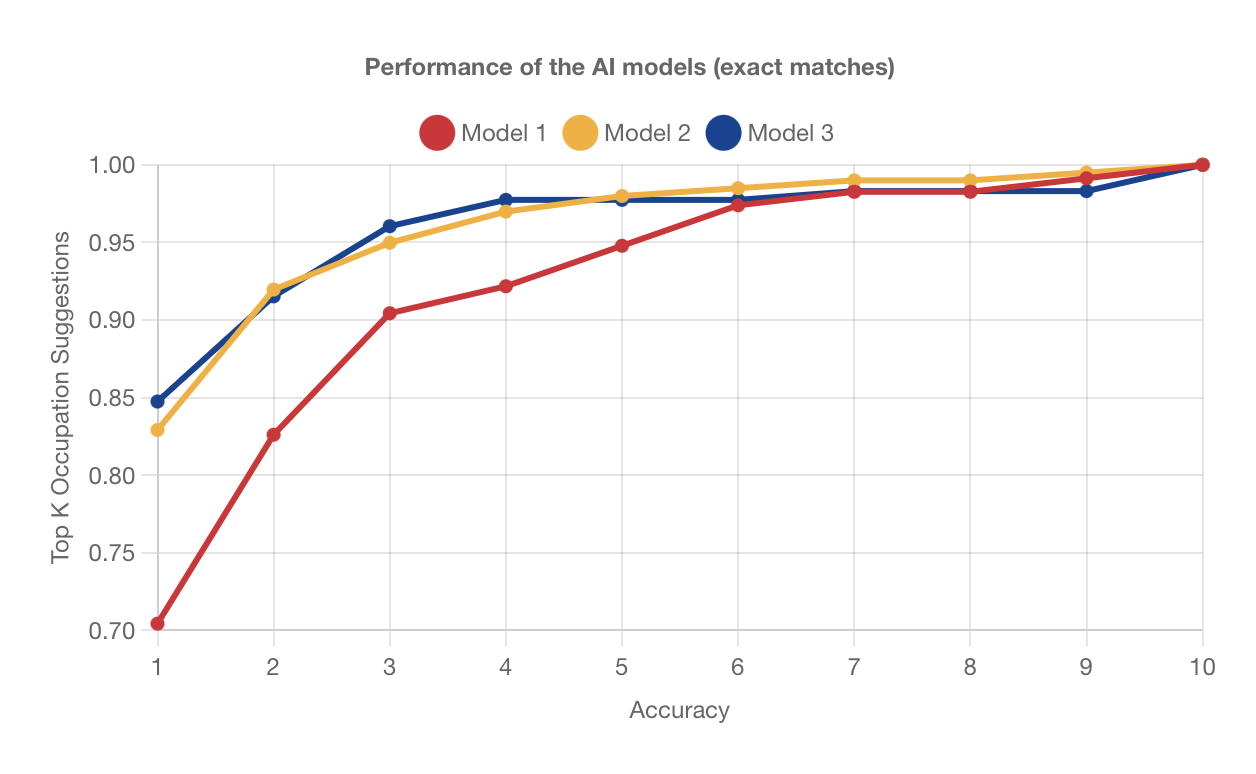
Vem är Karl Lund?
Lund, Karl Gustaf, chief engineer, born on July 22, 1893, in Hille, Gävleborgs län, Sweden, son of clerk Ferdinand L. and Maria Andersson. Married in 1936 to Sigrid Johansson. Children: Ingvar (born 1938), Lennart (born 1942). — Graduated from Bergsskolan in Filipstad in 1917, specialized studies at the Royal Institute of Technology (KTH) from 1920 to 1922, studied at the Institute of Metallurgy and Stockholm University in 1921-1922. Chemist at Strömsnäs Järnverks A-B in Degerfors from 1918 to 1920, metallurgist and chemist at Westinghouse Electric & Manufacturing Co. in East Pittsburgh, PA, USA, from 1923 to 1926 and 1928 to 1929, chief metallurgist at Laclede Steel Co. in Alton, Illinois, USA, in 1927, furnace and steelworks engineer at A-B Iggesunds Bruk from 1929 to 1931, site manager at Gunnebo Bruks Nya A-B, Varbergsverket, since 1931. Member of the municipal executive committee, deputy chairman of the economic department, deputy member of the board of the power plant, chairman of Varbergs Sparbank, employer representative in the district council of the county labor board, member of the board of Varbergs Luftskyddsförening (Varberg Air Protection Association), secretary of Varbergs Högerförening (Varberg Conservative Association), chairman of the railway sick fund, and Plant Society for Small Bird Friends.
NLP challenges
- Many abbreviations and contractions
- DOB: “f.\s*(\d{2})\/(\d{2})/(\d{2})”
- Gävleborg County: “Gävleb. l.”
- Similar structure for each entry but not exactly the same information in the same order

Structure using OpenAI API 🤖
Using OpenAI’s GPT-3.5 chat API:
We provide the system a schema to structure the record in, e.g. keys.
We provide the system the Swedish text
We specify the JSON response format we want
schema = {
"type": "object",
"required": [
"full_name",
"location",
"occupation",
"birth_details",
"education",
"career",
"family",
],
"properties": {
"full_name": {"type": "string"},
"location": {"type": "string"},
"occupation": {"type": "string"},
"birth_details": {
"type": "object",
"properties": {
"date": {"type": "string"},
"place": {"type": "string"},
"parents": {"type": "string"},
},
"required": ["date", "place"],
},}}"def structure_biography_info(page_text):
try:
# Create a prompt for the system
structure_prompt = f"Task: read the schema and return RFC compliant JSON information about the Swedish individuals from the 1950 biographical dictionary 'Vem är Vem' that is provided below. Use a numeric index for each biography in your JSON output and return information about all of them, including all career information available. Keep the biographic descriptions in Swedish and remove any abbreviations based on your knowledge, e.g. 'fil. kand.' is 'filosofie kandidat', and 'Skarab. l.' is 'Skaraborgs Län'. Put years in full based on context. Put dates in dd/mm/yyyy format where possible. If there is no information for a key, leave it out. If there is no information for a required key, put NULL as the value.\nHere is the schema: {schema}.\nHere is the text: {page_text}. Go!"
structure_response = client.chat.completions.create(
model="gpt-3.5-turbo-1106",
response_format={"type": "json_object"},
messages=[
{
"role": "system",
"content": "You are an expert on Swedish biographies.",
},
{"role": "user", "content": f"{structure_prompt}"},
],
)
structured_biography_info = json.loads(
structure_response.choices[0].message.content
)
return structured_biography_info
except Exception as e:
print(f"Error in structure_biography_info: {e}")
return NoneAdd coordinates to firms and individuals
Birthplaces of individuals who studied at Royal Tehcnical Institute (KTH) in Who is Who in Industry and Business
Firms across the country
Occupational info
{
"career": [
{
"occupational_title": "Chemist",
"workplace": "Strömsnäs Järnverks A-B",
"industry": "Metallurgy",
"start_date": "1918"
},
{
"occupational_title": "Metallurgist and Chemist",
"workplace": "Westinghouse Electric & Manufacturing Co.",
"industry": "Manufacturing",
"start_date": "1923"
},
{
"occupational_title": "Chief Metallurgist",
"workplace": "Laclede Steel Co.",
"industry": "Steel Production",
"start_date": "1927"
},
{
"occupational_title": "Furnace and Steelworks Engineer",
"workplace": "A-B Iggesunds Bruk",
"industry": "Metallurgy",
"start_date": "1929"
},
{
"occupational_title": "Site Manager",
"workplace": "Gunnebo Bruks Nya A-B, Varbergsverket",
"industry": "Metallurgy",
"start_date": "1931"
}
]
}Vem är Vem?

Why was classification hard?
Fuzzy string matching doesn’t capture semantic similarity between words
- “chauffeur” is close to “car driver” semantically, but not close in text.
Many possible groups makes classification challenging for traditional ML models
- HISCO schema has 1,600 unit groups.
Building one labelled classification scheme manually does not generalize easily
- If you code all of your occupations to HISCO and then want to move to SSYK, you have to redo all of the codings or try and find a crosswalk.
I spent months doing this last year to classify occupations to HISCLASS groups, hand labelling data and optimizing a support vector machine model.
It did not work

Why is classification easier now?
We make use of pre-trained large language models
- Benefit from semantic similarity
- Text embeddings mean we can have an arbitrary number of classes
- Switch out classification target schema easily!

What is an embedding?
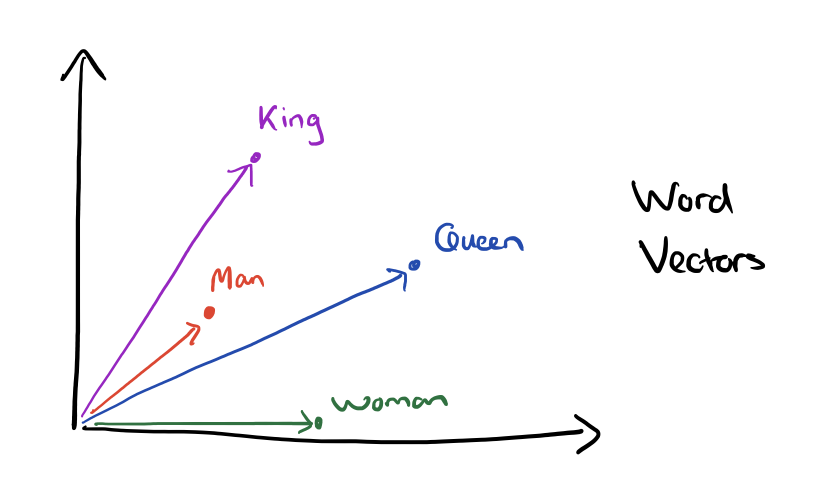
What is an embedding?
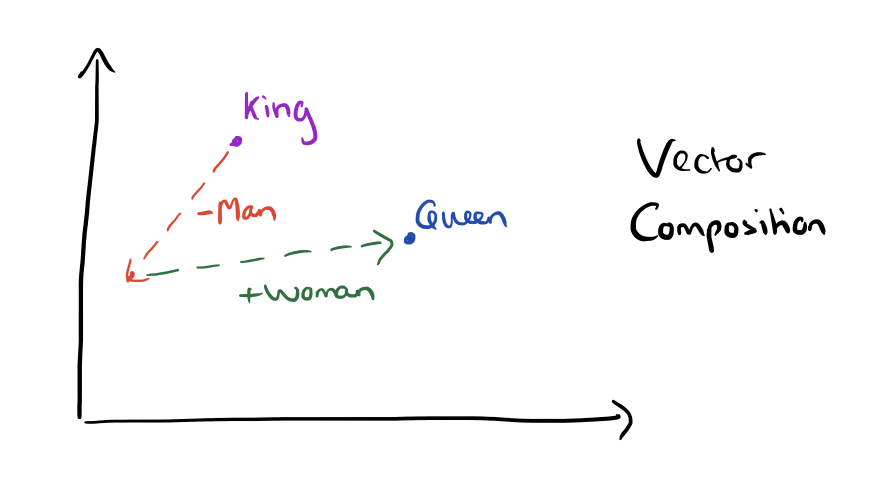
Use embeddings to cluster skills
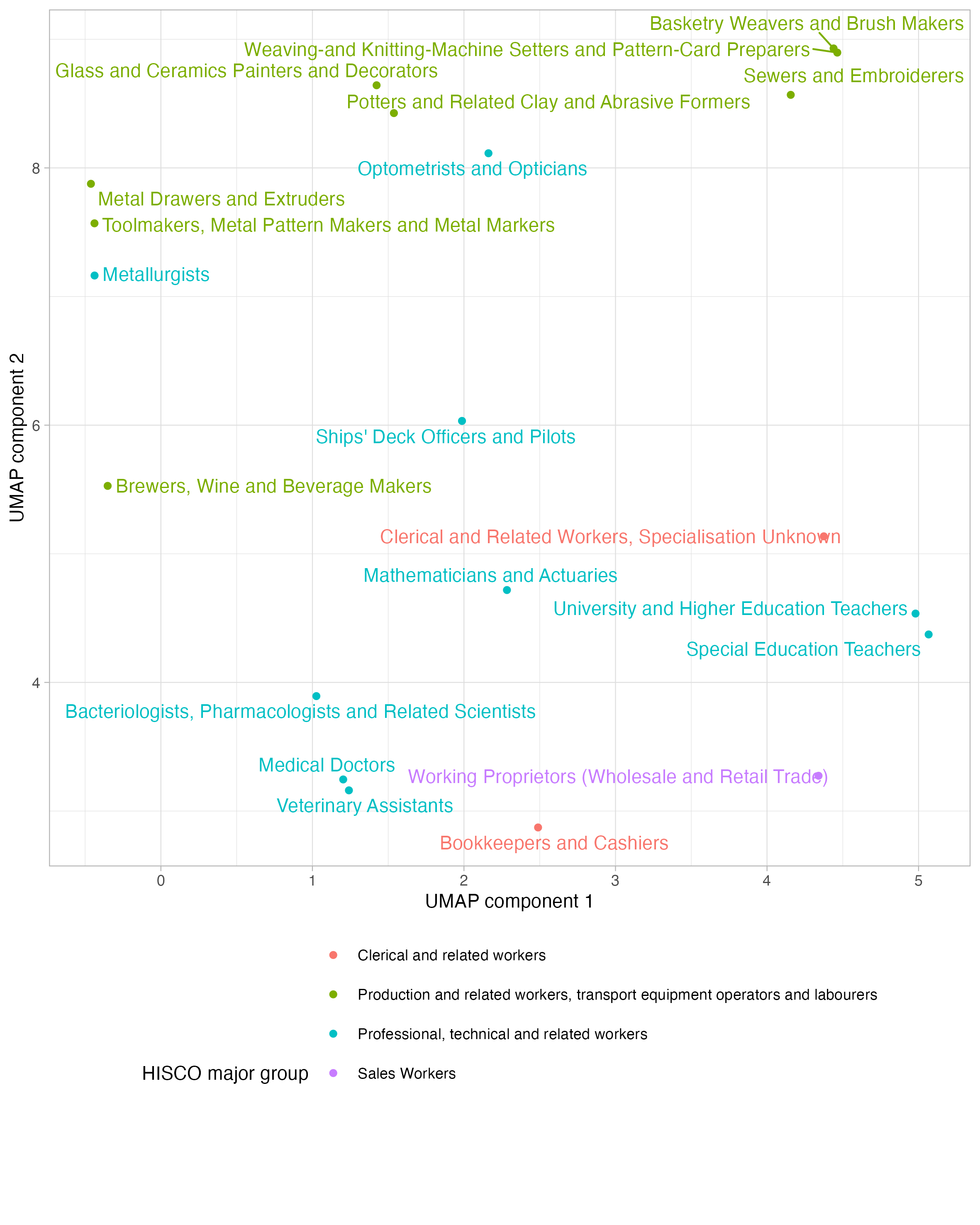
Figure 1: Scatter plot showing the relative similarity of occupational titles in the HISCO schema
Use clusters to classify individuals into the groups

Figure 2: Most common HISCO occupations in Vem är Vem
Use clusters to classify new skills into the groups
graph TB
A[Collect HISCO Codes<br>and Descriptions] -->|Use OpenAI API| B[Convert HISCO Titles<br>and Descriptions to Vectors]
C[Receive Occupational<br>Strings] -->|Use OpenAI API| D[Convert Occupational<br>Strings to Vectors]
B --> E[Compare Vectors in<br>Vector Space]
D --> E
E --> F[Assign HISCO Code to<br>Occupational String<br>using Cosine Distance]
style A fill:#2B8CBE
style B fill:#be5d2b
style C fill:#2B8CBE
style D fill:#be5d2b
style E fill:#6f6fbf
style F fill:#F4FA58
Here the HISCO descriptions are in English, as are the translated titles from my biographies in Swedish.
## Cluster firms by location{visibility=“uncounted”}
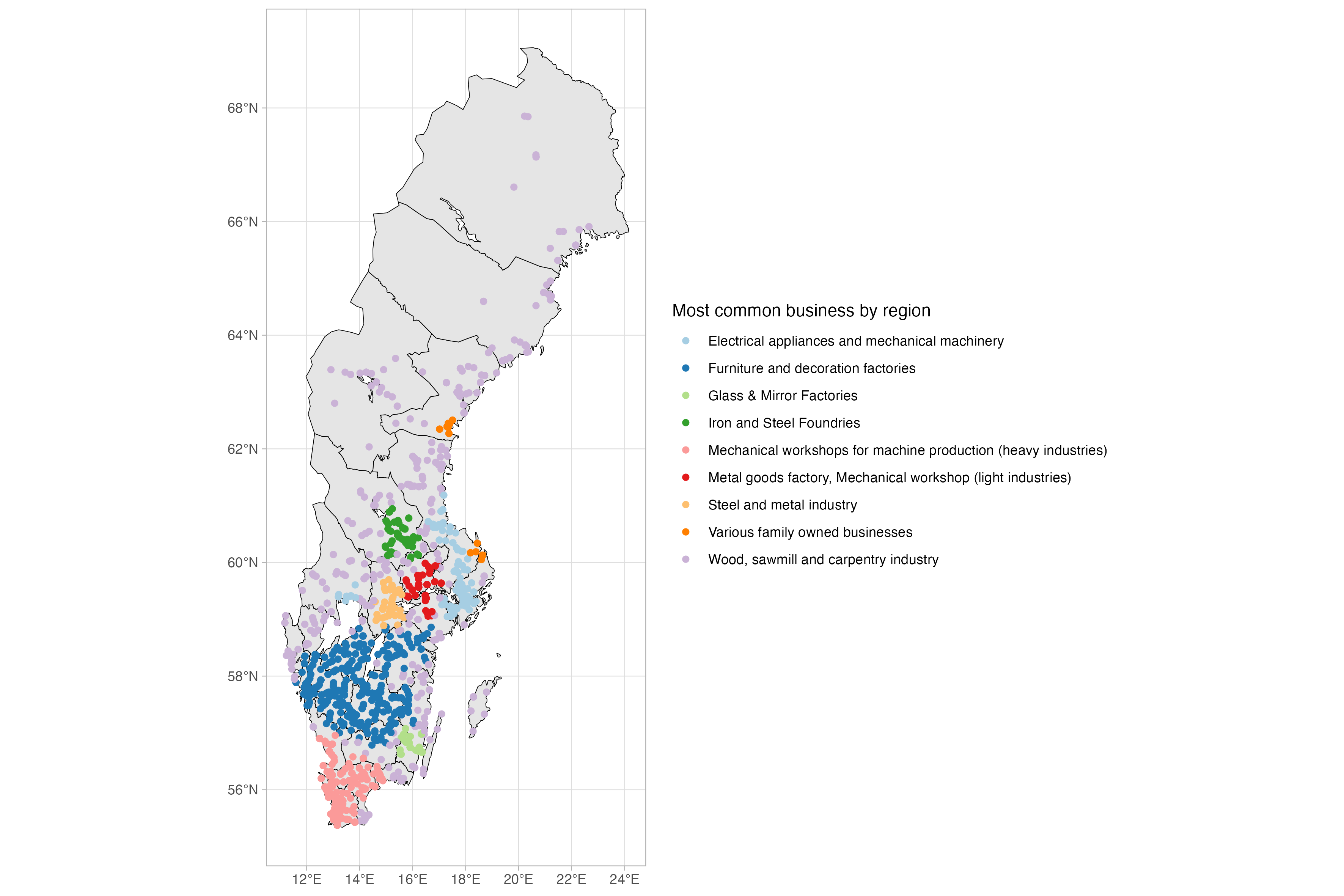
Figure 3: Map of the geographic clusters of businesses by most common business type
You can do it too!
